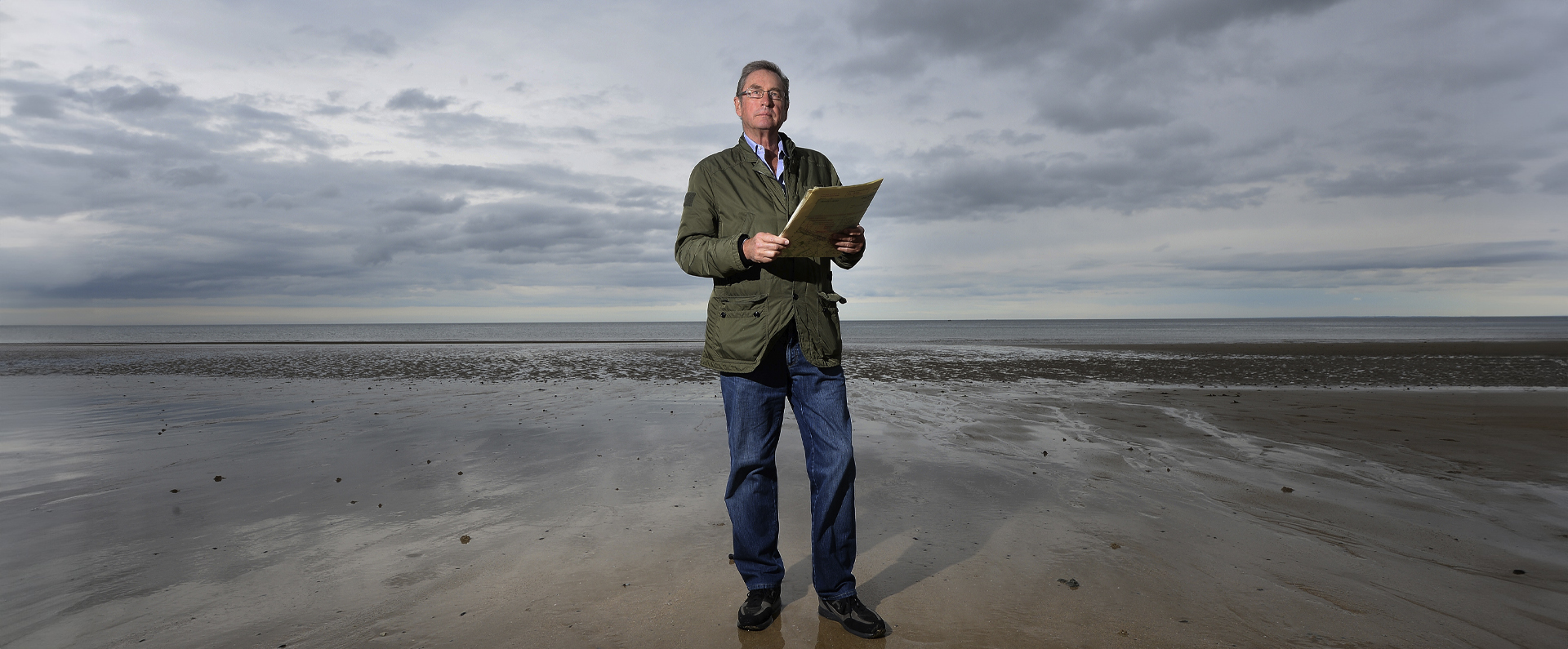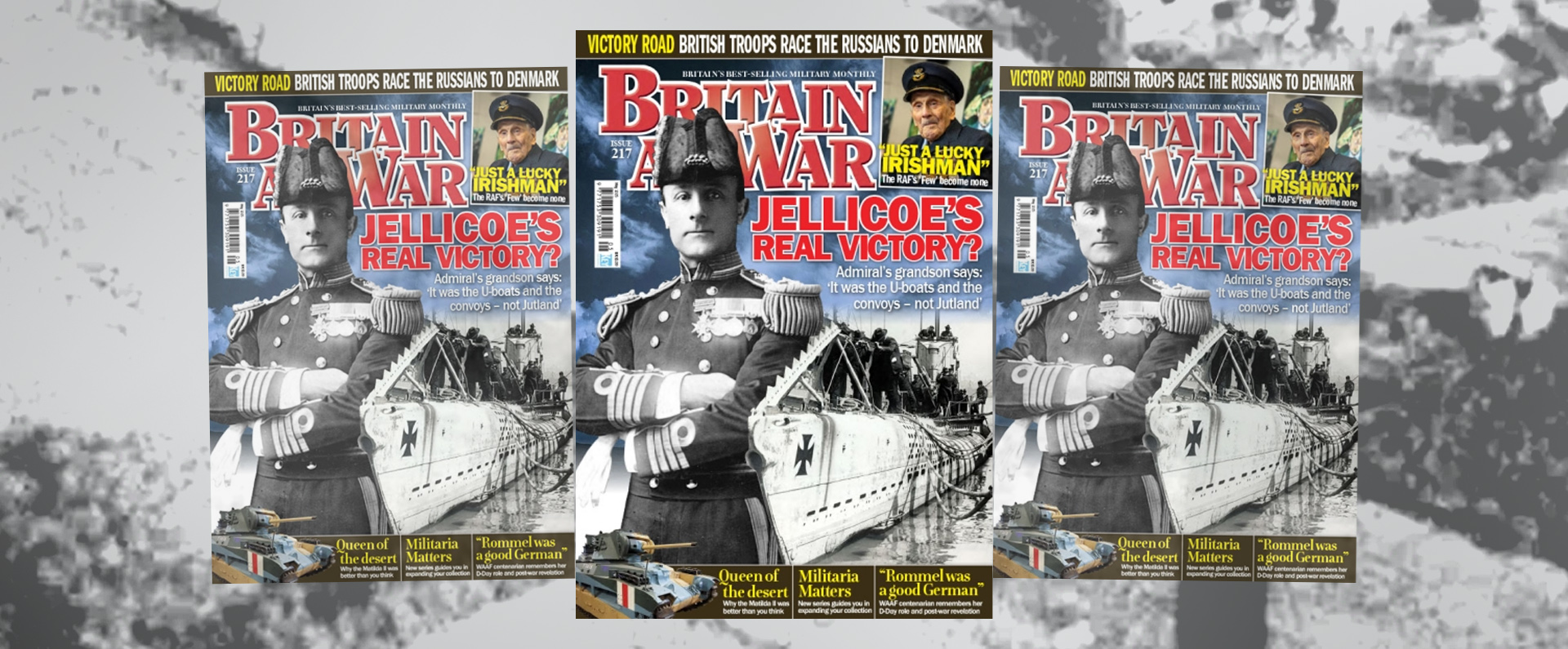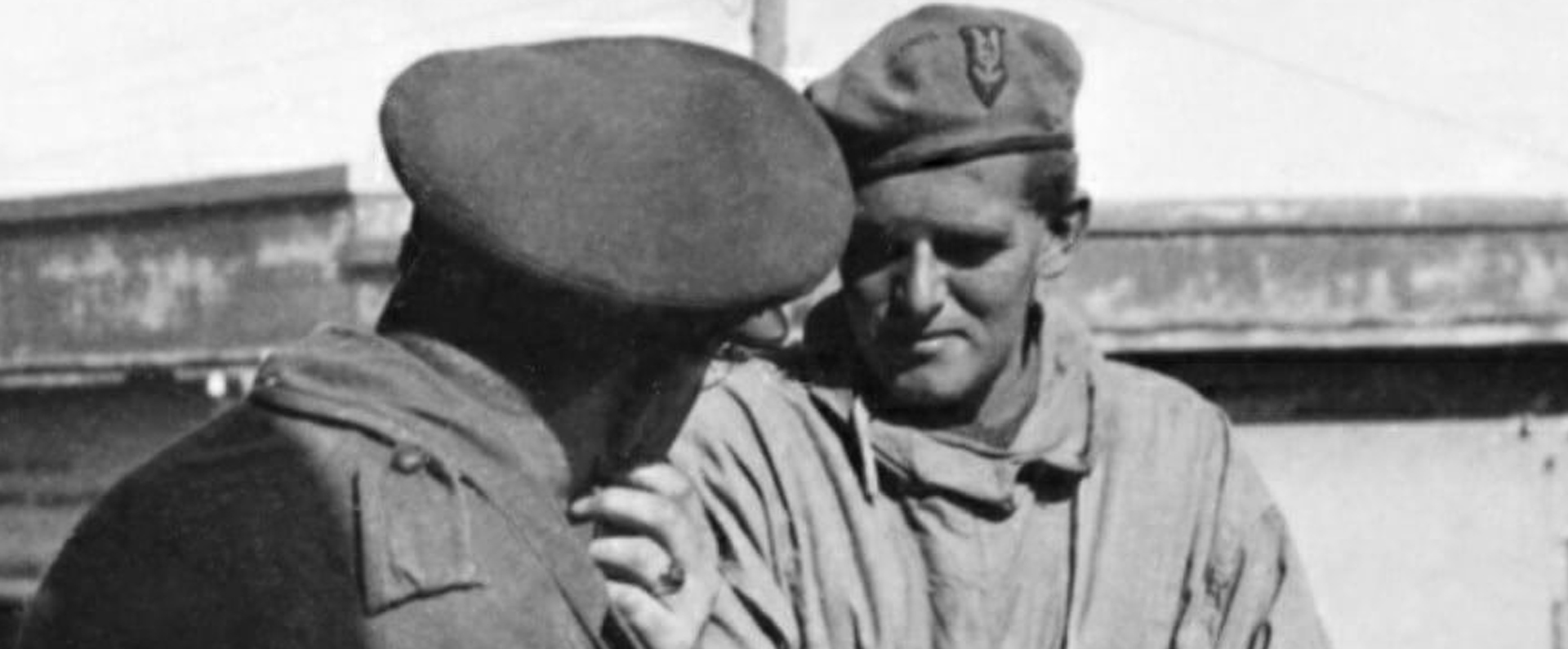
Published in the Daily Express on 21 January 2013.
Lieutenant Odette Mary-Celine Brailly Sansom
Ensign Violette Reine Elizabeth Szabo
Assistant Section Officer Noor Inayat Khan
A FEMALE CIA agent may have been behind tracking down Bin Laden but history shows the fairer sex is every bit as cunning and brave at espionage – as LORD ASHCROFT found researching his new book.
It is a film that looks certain to capture the British public’s imagination. Zero Dark Thirty tells of the decade-long determination of a single woman agent to track the world’s most wanted man: Osama Bin Laden.
The woman in question is called “Maya”, a CIA analyst and Middle East specialist played in the movie by Jessica Chastain. Her unfailing belief that Bin Laden could be found led to US Navy Seals storming his hideout in Pakistan and shooting him dead on May 2, 2011. The obsessional pursuit of Bin Laden by “Maya” has led to a debate as to whether women make better spies than men.
When the film goes on general release this Friday many sceptics may be won over by the cunning determination of the “fairer sex” after watching the portrayal of this CIA agent. However history has shown that women can match the spying skills as well as the bravery of men. As part of research for my book George Cross Heroes I delved into the lives of three remarkable women.
I found the courage of Odette Sansom, Violette Szabo and Noor Inayat Khan deeply moving. Each woman received the George Cross (GC), Britain and the Commonwealth’s most prestigious award for bravery and to this day remain the only women to do so.
Odette Sansom, the first woman to be awarded the GC, was born in Amiens, France in April 1912. Having overcome both temporary blindness and rheumatic fever as a child she married Englishman Roy Sansom. The couple, who had three daughters, lived in Britain from 1932 onwards.
Early in 1942 Odette Sansom heard a broadcast that appealed for photographs of France. She responded to the War Office, explaining that she was French and had lived in France and was invited for an interview.
On June 28, 1942 Sansom was invited back for a second interview, this time to meet Captain Selwyn Jepson, the senior recruiting officer of the Special Operations Executive (SOE), which had been formed in 1940 after the fall of France.
JEPSON told her he preferred recruiting women agents to men and in a post-war interview for the Imperial War Museum he spelt out his reasons. “In my opinion women were very much better than men for the work. Women have a far greater capacity for cool and lonely courage than men. Men don’t work alone, their lives tend to be always in company with other men.”
After a great deal of soul-searching Sansom agreed to work for the SOE. As a cover she enrolled in the Women’s Transport Service as part of the First Aid Nursing Yeomanry (FANY) while her three young daughters went to live in a convent. Motivated by a love of both her homeland and adopted country Britain she concluded her most valuable role would be working with the Resistance.
After completing her training she and six other agents were landed in France from a fishing boat. Using the codename Lise she met up in Cannes on November 2 1942 with Peter Churchill – codename Raoul – and worked for him as a courier before the pair moved to St Jorioz in the French Alps. After carrying out more dangerous work she was eventually tricked by a German undercover operative into revealing her true sympathies and she and Churchill were arrested in April 1943.
Sansom was tortured at the notorious Fresnes prison outside Paris but throughout 14 brutal interrogations she stuck to the cover story, agreed with Churchill that he was a relative of the Prime Minister and had only come to France at her insistence. She said that she alone should be shot. Her back was burned with a hot iron and her toenails were pulled out but still she gave no secrets away.
In June 1943 Sansom was sentenced to death but was reprieved and taken to Ravensbrück concentration camp in Germany. There she was kept in solitary confinement for two years. She survived the war but emerged from it in poor health. Her GC was announced in August 1946 when her citation said she “displayed courage, endurance and self-sacrifice of the highest possible order”.
SANSOM was reunited with her husband and children after the war but the marriage failed. She then wed Churchill but they divorced too and she married Geoffrey Hallowes, another wartime Resistance fighter. She died in Surrey in March 1995, aged 82.
Violette Szabo (née Bushell) was born in Paris in June 1921. Like Sansom she had an English father and French mother and from 1932 lived in Stockwell, south London. Once war broke out Szabo was keen to make her mark and joined the Land Army. During the Bastille Day celebrations in July 1940 she followed her mother’s instructions by going to the Cenotaph and inviting a French soldier home for a meal. It was love at first sight and she married Sergeant Major Etienne Szabo of the French Foreign Legion six weeks later before he went to fight in North Africa.
After a year apart they had a brief reunion resulting in the birth of their child Tania, born four months before Etienne’s death at El Alamein in October 1942. He never saw their only child.
Early in 1943 Szabo received a letter from a Mr E Potter, in fact Jepson, who was still recruiting SOE agents and had heard of her French background and work for the Auxiliary Territorial Service (ATS). After being recruited Szabo went on her first mission in April 1944 two months before D-Day. She was dropped into France for the high-risk operation, which lasted for six weeks, acting as a courier. Her second mission was even more dangerous and she said an emotional farewell to Tania, knowing she might never see her daughter again. She also told her parents not to inquire about her whereabouts even if they heard nothing for months.
On June 7, 1944, 24 hours after D-Day, Szabo was back on French soil again helping the Resistance. Her code name was Corinne and she was given the false name of Madame Villeret. On June 10, after encountering a German roadblock, she and two men of the Resistance became involved in a shoot-out in which Szabo was wounded, eventually being forced to surrender when she ran out of ammunition. The two Resistance men escaped.
She was brutally interrogated at Fresnes prison. She spent her 23rd and final birthday racked with pain. Subsequently she was transferred to Ravensbrück on or around August 25, 1944. After being kept in solitary confinement she was shot dead sometime between January 25 and February 5, 1945.
Her posthumous GC was announced in December 1946 when her citation said she had been “continuously and atrociously tortured but never by word or deed gave away any of her acquaintances or told the enemy anything of value”. After her death her distraught parents emigrated to Australia, taking Tania with them.
Noor Inayat Khan, known to many by her code name of Madeleine, was the first woman agent to be infiltrated into enemyoccupied France. Born in Moscow on New Year’s Day 1914 she was educated in France and joined the Women’s Auxiliary Air Force (WAAF) in December 1942 but was soon recruited to the SOE, seconded from the WAAF to FANY. After being dropped into France on June 16 1943 she was tasked with meeting up with Resistance units, constantly moving around with her code books and wireless so she could transmit information back to Britain.
After four months of successful work she was arrested by the Gestapo in October 1943. Despite being routinely tortured and nine months in solitary confinement she gave away nothing. She was eventually shot in the back of the head on September 1 1944, aged 30.
The SOE was criticised after her death for sending the young and inexperienced agent on such a dangerous mission. However she had been offered the chance to escape from France but had turned it down so members of the Resistance had someone to relay their information back to Britain.
Inayat Khan’s posthumous GC was announced in April 1949. Her lengthy citation ended: “Assistant section officer Inayat Khan displayed the most conspicuous courage, both moral and physical, over a period of more than 12 months.”
As is Hollywood’s wont the activities of the real-life “Maya” may well have been glamorised and embellished in Zero Dark Thirty. However it would be impossible to exaggerate the dedication and bravery that Odette Sansom, Violette Szabo and Noor Inayat Khan displayed some 70 years ago or how much their actions proved that women agents have the capabilities of being just as formidable if not more so than their male counterparts.
Read this article on www.express.co.uk
For more information, visit:
LordAshcroftOnBravery.com


